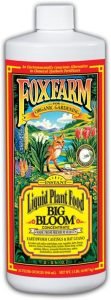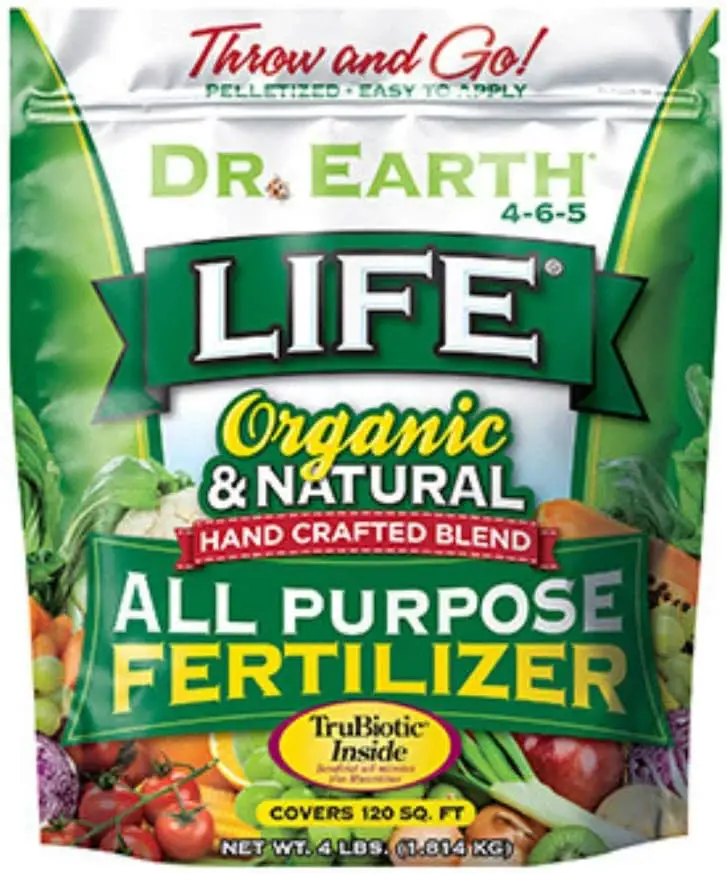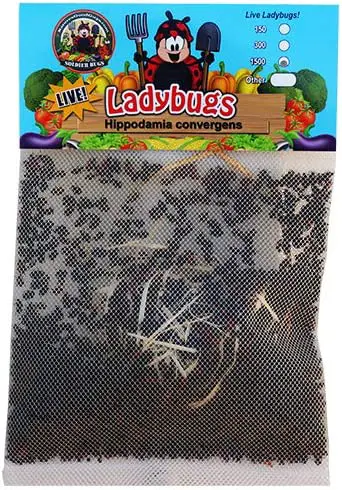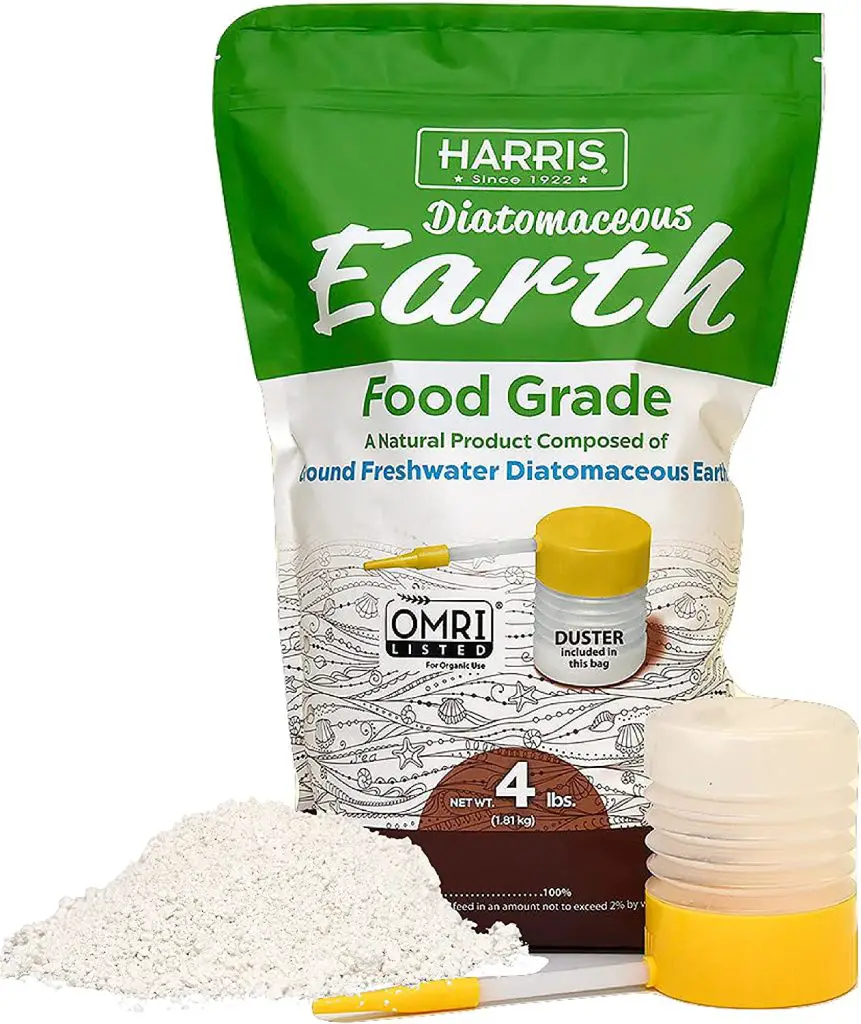The Key to Successful Homestead Gardening – Secrets Revealed!
Homestead gardening is a great way to become more self-sufficient and live a more sustainable lifestyle. Whether you’re a seasoned gardener or a beginner, homesteading can provide you with fresh, healthy produce, and a greater sense of connection with the earth. By growing your own food, you can reduce your carbon footprint, save money on groceries, and improve your overall health.
To start homestead gardening, research the requirements and factors that go into setting up your garden. This goes beyond just choosing which vegetables to plant. You’ll need to consider factors such as water, oxygen, sunlight, and nutrients. Whether you live in the city or the country, there are many benefits to homesteading. It’s a lifestyle choice that can help you move towards a more ecologically-sustainable way of living.
Disclosure: As an Amazon affiliate, I earn from qualifying purchases at no extra cost to you. My blog contains other affiliate links as well for your convenience. To learn more, you may read my Disclosure Policy. Thank you for supporting my blog!
The Benefits of Homestead Gardening
If you’re considering starting a homestead garden, you’re in for a treat. Homestead gardening offers numerous benefits, both for you and the environment. Here are a few reasons why you should start your own homestead garden:
Fresh and Nutritious Produce
One of the most significant benefits of homestead gardening is having access to fresh, nutritious produce. When you grow your own fruits and vegetables, you can be sure that they are free from harmful chemicals and pesticides. Plus, you can harvest them at their peak ripeness, ensuring that they are packed with flavor and nutrients.
Cost Savings
Growing your own produce can save you money in the long run. While there are some initial expenses involved in setting up a homestead garden, such as purchasing seeds and tools, the ongoing costs are minimal. You won’t have to spend money on expensive produce at the grocery store, and you can even preserve your harvest to enjoy during the off-season.
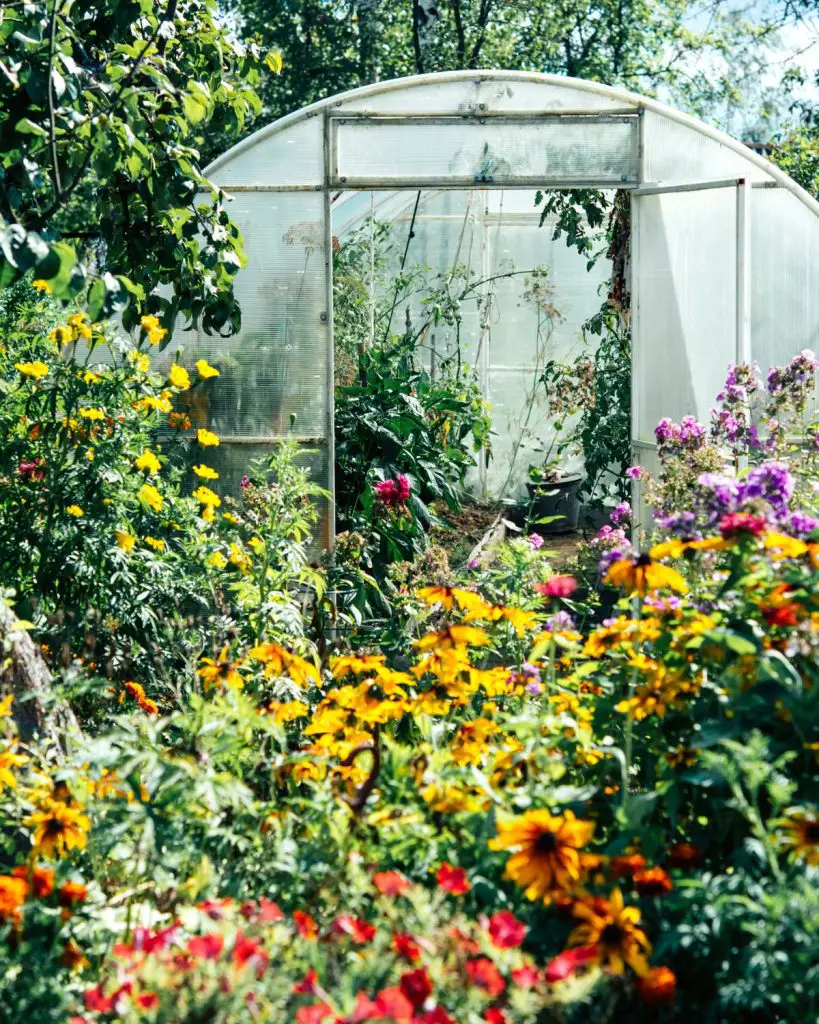
Environmental Benefits
Homestead gardening is also beneficial for the environment. When you grow your own produce, you reduce your carbon footprint by eliminating the need for transportation and packaging. Additionally, you can use organic and sustainable gardening practices, such as composting and companion planting, to promote healthy soil and reduce waste.
Physical and Mental Health Benefits
Homestead gardening is a great way to stay physically active and get some fresh air. It can also be a therapeutic activity that helps reduce stress and anxiety. Plus, the satisfaction of growing your own food can boost your mood and sense of accomplishment.
Overall, homestead gardening is a rewarding and beneficial activity that can improve your health, save you money, and benefit the environment. So, roll up your sleeves and start planting!

Get our
Garden Planner & Journal
Everything you need to start and maintain a successful garden. Take the guess work out of what to plant where and when to start your seeds.
Planning Your Homestead Garden
When planning your homestead garden, it’s essential to consider a few things to ensure a successful harvest. Here are some essential tips to help you plan your garden:
Determine Your Garden Size
The first step in planning your homestead garden is to determine the size of your garden. You can start with a small garden and gradually expand it as you gain more experience. Consider the available space, the number of plants you want to grow, and the time and resources you have available.
Choose Your Plants
Choosing the right plants is crucial to the success of your homestead garden. Consider the plants that grow well in your area and the ones that you and your family enjoy eating. You can also choose plants that are easy to grow and maintain, such as tomatoes, cucumbers, lettuce, and herbs.
Create a Garden Layout
Creating a garden layout is essential to ensure that your plants have enough space to grow and thrive. You can use a garden planner or sketch out your garden layout on paper. Consider the spacing requirements of your plants, the direction of the sun, and the location of any structures or obstacles.
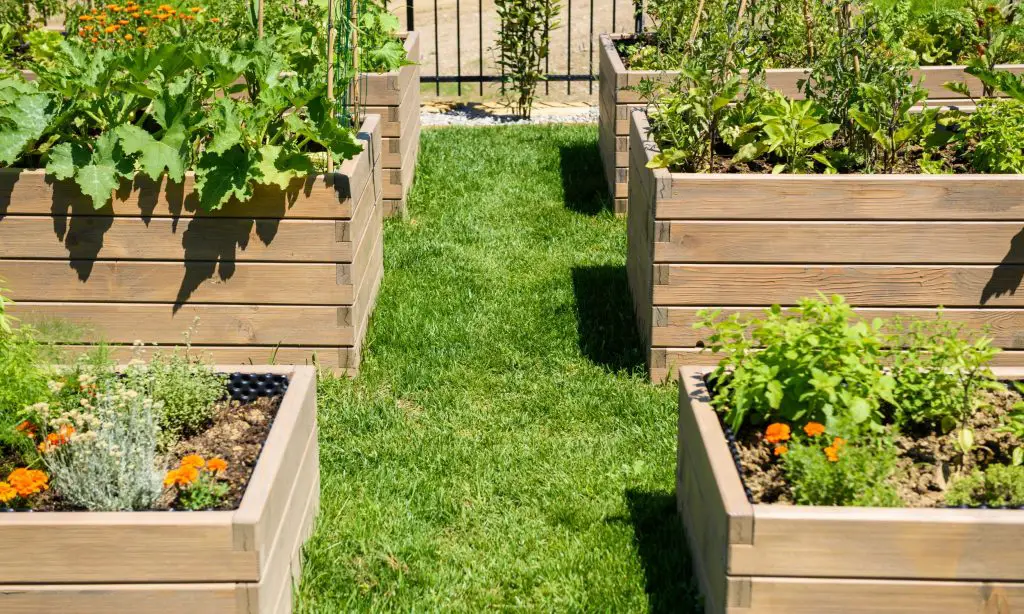
Prepare the Soil
Preparing the soil is crucial to ensure that your plants have the nutrients they need to grow. You can use compost, manure, or other organic materials to enrich the soil. Consider testing the soil pH and adjusting it if necessary.
Plan for Watering and Irrigation
Watering and irrigation are essential to the success of your homestead garden. Consider the water requirements of your plants and the availability of water in your area. You can use a watering can, a hose, or an irrigation system to water your plants.
Consider Pest and Disease Control
Pests and diseases can damage your plants and reduce your harvest. Consider using natural pest control methods, such as companion planting, crop rotation, and beneficial insects. You can also use organic pesticides and fungicides if necessary.
By following these essential tips, you can plan a successful homestead garden. Remember to start small, choose the right plants, create a garden layout, prepare the soil, plan for watering and irrigation, and consider pest and disease control.
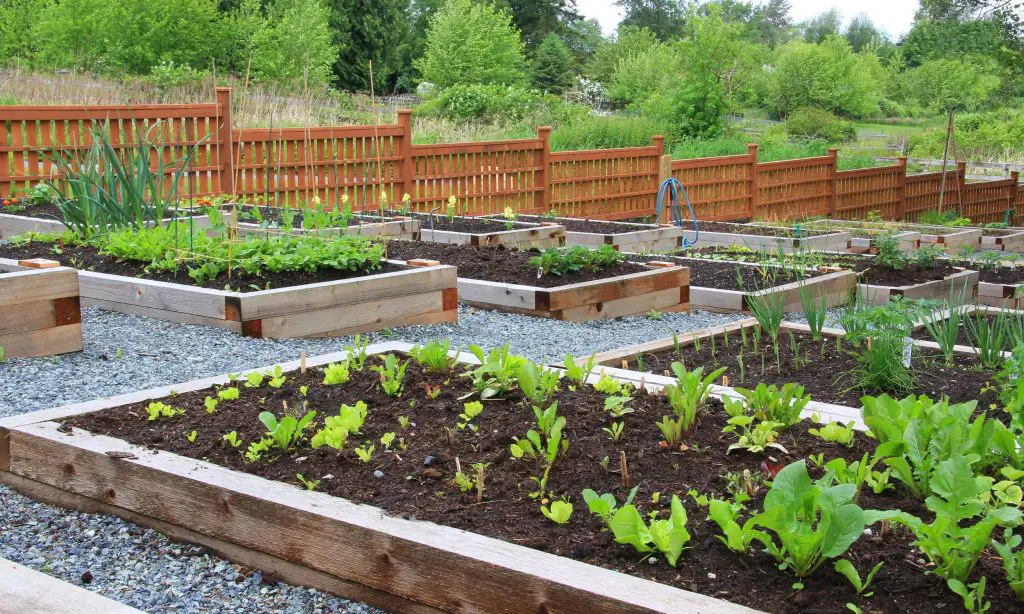
Selecting the Right Crops for Your Homestead Garden
When it comes to selecting crops for your homestead garden, there are a few things you need to consider. Here are some factors to keep in mind:
1. Climate
Different crops thrive in different climates, so it’s important to choose crops that are well-suited to your specific region. Consider factors like temperature, rainfall, and sunlight when selecting your crops.
2. Growing Time
Some crops take longer to mature than others. If you’re looking to get a quick harvest, consider planting crops like radishes or lettuce, which can be harvested within a few weeks of planting. If you have more time to wait, crops like tomatoes or peppers may be a good choice.
3. Yield
Consider how much food each crop will produce. Some crops, like tomatoes or squash, produce a lot of food per plant, while others, like carrots or beets, produce less. Think about how much space you have in your garden and how much food you need to sustain your family.
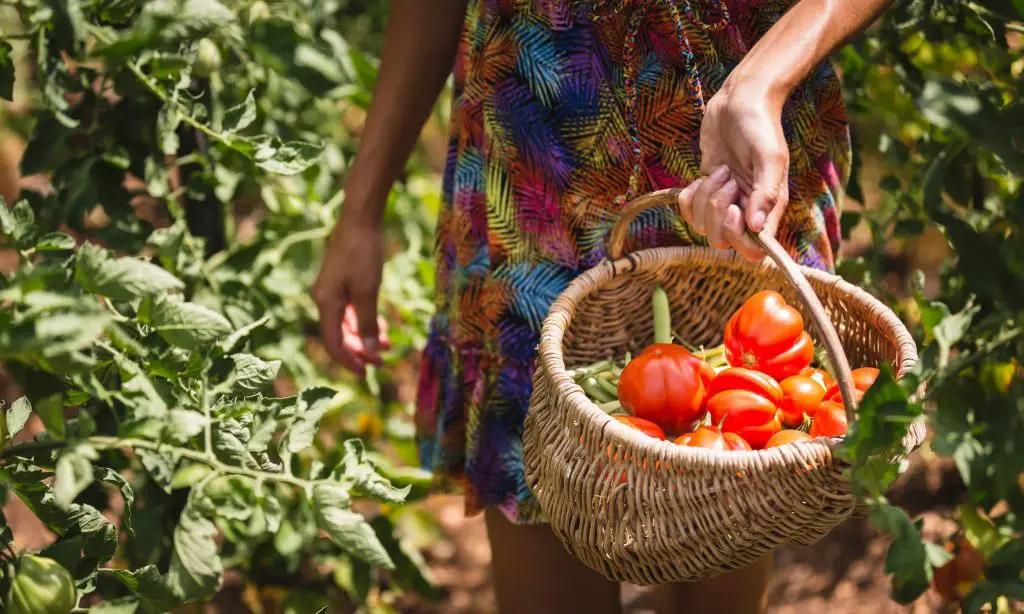
4. Nutritional Value
Choose crops that are nutrient-dense and provide a variety of vitamins and minerals. Leafy greens like kale or spinach are a great choice, as are root vegetables like sweet potatoes or carrots.
5. Preservation
Consider how you plan to preserve your harvest. Some crops, like tomatoes or cucumbers, can be canned or pickled, while others, like lettuce or herbs, are best consumed fresh. Think about your preservation goals when selecting your crops.
By considering these factors, you can select the right crops for your homestead garden and enjoy a bountiful harvest.
Preparing the Soil for Your Homestead Garden
To grow a thriving garden on your homestead, it’s essential to start with healthy soil. Here are some steps to prepare your soil for planting:
Step 1: Test Your Soil
Before you start preparing your soil, it’s important to know its pH level and nutrient content. You can purchase a soil testing kit or send a sample to a lab for analysis. Once you know your soil’s properties, you can adjust it to meet the needs of your plants.
Step 2: Remove Debris
Remove any debris, rocks, or weeds from your garden bed. This will help prevent pests and diseases from taking hold in your garden.
Step 3: Add Organic Matter
Add organic matter to your soil to improve its structure, water-holding capacity, and nutrient content. You can use compost, aged manure, leaf mold, or other organic materials. Spread a layer of organic matter over your garden bed and work it into the soil with a garden fork or tiller.
Composting in a FREE way to add organic matter to you garden. Learn all about composting HERE.
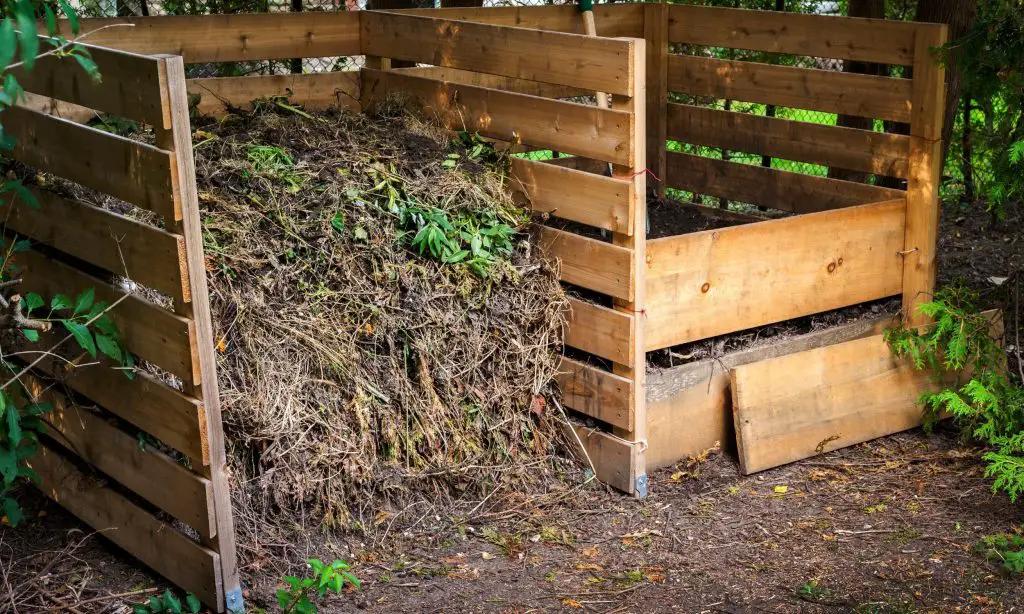
Step 4: Mulch Your Garden Bed
Mulching your garden bed can help retain moisture, suppress weeds, and regulate soil temperature. You can use straw, leaves, grass clippings, or other organic materials as mulch. Spread a layer of mulch over your garden bed, leaving a small space around the base of each plant to prevent rot.
Step 5: Consider Cover Crops
Cover crops can help improve soil health by fixing nitrogen, suppressing weeds, and preventing erosion. Consider planting cover crops like clover, rye, or buckwheat in your garden bed during the off-season.
By following these steps, you can prepare your soil for a successful homestead garden. Remember to monitor your soil’s pH and nutrient levels regularly and adjust as needed to ensure your plants thrive.
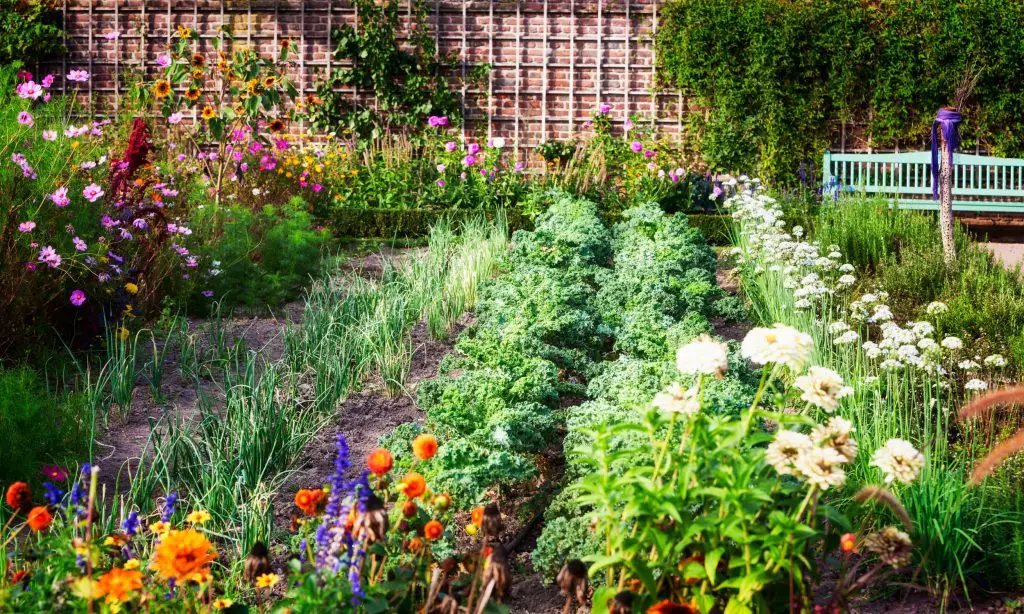
Maintaining Your Homestead Garden
Now that you have set up your homestead garden, it is important to maintain it properly to ensure a bountiful harvest. Here are some tips to help you maintain your garden:
Watering
Watering is one of the most important aspects of maintaining your garden. Make sure to water your plants regularly, especially during hot and dry weather. It is best to water your plants early in the morning or late in the evening to avoid evaporation. You can also use a soaker hose or drip irrigation system to conserve water and ensure that your plants receive a consistent supply.
Weeding
Weeding is another important aspect of maintaining your garden. Weeds can compete with your plants for water, nutrients, and sunlight, so it is important to remove them regularly. You can use a hoe, hand weeder, or cultivate between rows to remove weeds. Mulching can also help to suppress weeds and conserve moisture.
Fertilizing
Fertilizing is essential for providing your plants with the nutrients they need to grow and produce. You can use organic or synthetic fertilizers, depending on your preferences. Make sure to follow the instructions on the package and apply the fertilizer evenly. Over-fertilizing can damage your plants, so be careful not to apply too much.
Pest Control
Pests can damage your plants and reduce your harvest, so it is important to control them. You can use natural or synthetic pesticides, depending on your preferences. Make sure to follow the instructions on the package and apply the pesticide only to the affected areas. Be careful not to harm beneficial insects like bees and butterflies.
Harvesting
Harvesting is the final step in maintaining your garden. Make sure to harvest your crops regularly to encourage more growth and prevent over-ripening. You can use a sharp knife or scissors to harvest your crops. Store your harvest in a cool and dry place to preserve its freshness.
By following these tips, you can maintain your homestead garden and enjoy a bountiful harvest.
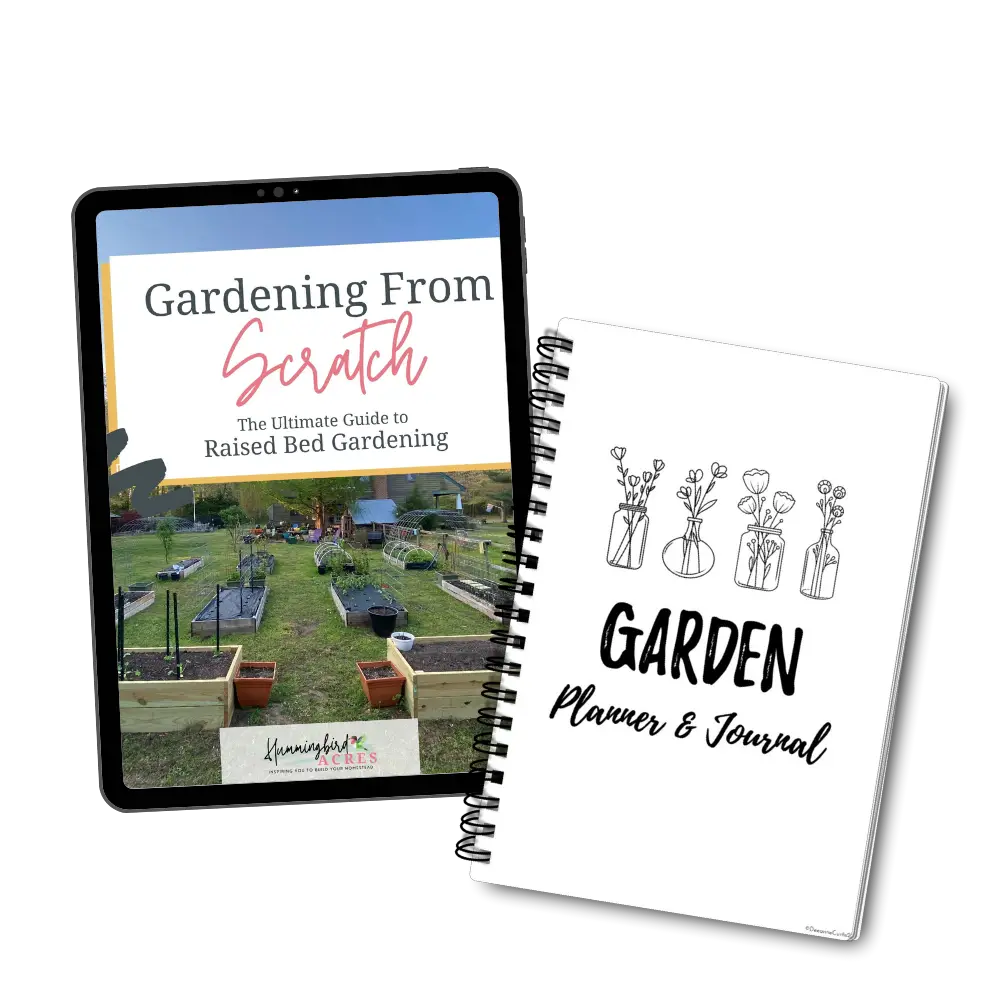
Must Have Gardening guide
Gardening From Scratch
the Ultimate Guide to Raised Bed Gardening
Dealing with Pests and Diseases in Your Homestead Garden
When it comes to homestead gardening, dealing with pests and diseases is an inevitable part of the process. However, there are ways to prevent and manage these issues without resorting to harmful chemicals. Here are some tips to help you keep your garden healthy and thriving:
- Identify the problem: Before you can effectively deal with pests and diseases, you need to know what you’re dealing with. Take the time to identify the issue and research the best way to address it. There are many resources available online and through your local agricultural extension office.
- Practice good garden hygiene: Good garden hygiene is essential for preventing the spread of pests and diseases. Keep your garden clean and tidy, removing any dead or diseased plants promptly. Regularly weed and mulch to prevent weeds from taking over and creating a haven for pests.
- Use natural pest control methods: There are many natural pest control methods that can be effective in managing pests in your garden. Some examples include companion planting, using beneficial insects, and using homemade sprays made from ingredients like garlic, neem oil, and soap.
- Consider crop rotation: Crop rotation is a technique that involves planting different crops in different areas of your garden each year to help prevent the buildup of pests and diseases. By rotating crops, you can disrupt the life cycle of pests and reduce the likelihood of disease.
- Be vigilant: Regularly inspect your plants for signs of pests and diseases. Catching issues early can make a big difference in preventing the spread of problems. Keep an eye out for yellowing or wilting leaves, holes in leaves, and unusual growth patterns.
- Know when to ask for help: Sometimes, despite your best efforts, pests and diseases can get out of control. Don’t be afraid to reach out to experts for help. Your local agricultural extension office can provide advice and resources to help you manage the problem.
By taking a proactive approach to pest and disease management in your homestead garden, you can help ensure a healthy and productive growing season.
Harvesting and Preserving Your Homestead Garden Produce
Congratulations on successfully growing your own vegetables in your homestead garden! Now that your plants have matured and produced a bountiful harvest, it’s time to start thinking about how to preserve your produce for later use.
The key to preserving your garden harvest is to do it as soon as possible after harvesting. This helps to lock in the freshness and flavor of your vegetables. Here are some methods to help you preserve your homestead garden produce:
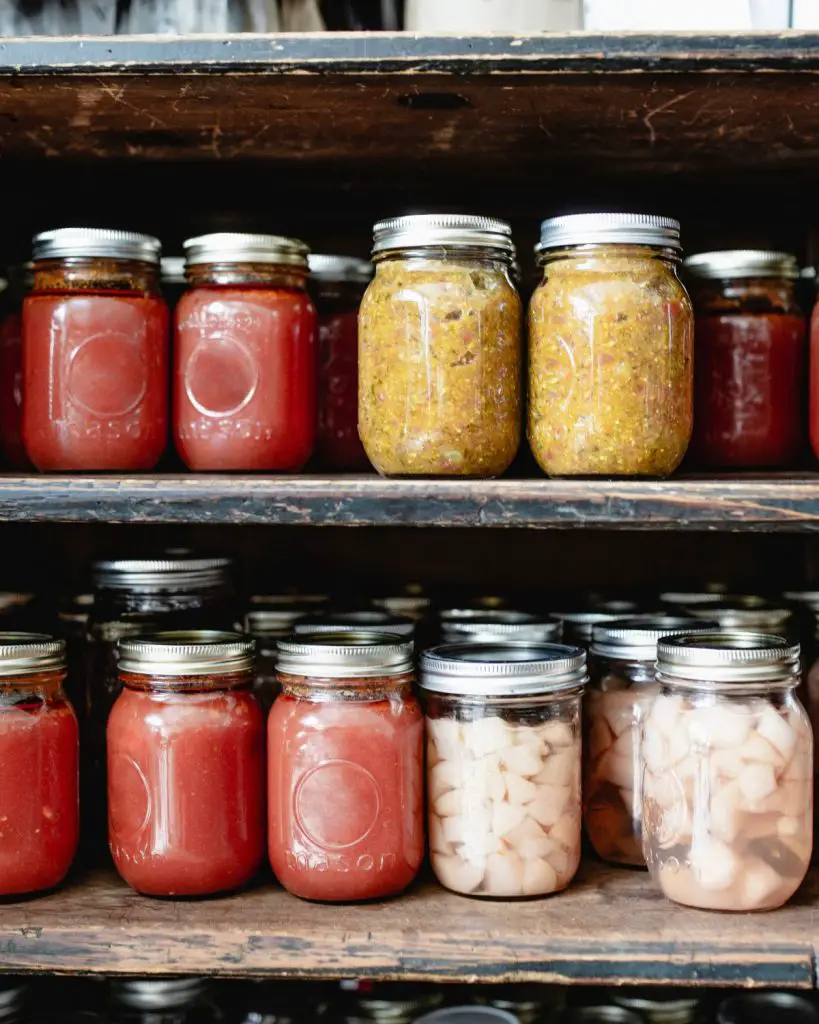
Canning
Canning is a great way to preserve your vegetables for long-term storage. It involves placing your vegetables in jars and processing them in a pressure cooker or boiling water bath. Canned vegetables can last for up to a year or more if stored properly.
Learn Canning Basics, here.
Freezing
Freezing is another popular method of preserving vegetables. It involves blanching your vegetables in boiling water for a short time before freezing them. Frozen vegetables can last for up to six months or more if stored properly.
Dehydrating
Dehydrating involves removing the moisture from your vegetables to help them last longer. You can use a dehydrator or an oven set to a low temperature to dry out your vegetables. Dehydrated vegetables can last for up to a year or more if stored properly.
Learn more about dehydrating, here.

Pickling
Pickling is a great way to preserve your vegetables while adding a tangy flavor. It involves placing your vegetables in a brine of vinegar, water, and salt, along with spices and herbs. Pickled vegetables can last for up to a year or more if stored properly.
Root Cellar
If you have a root cellar, you can store your vegetables in a cool, dark, and humid environment. This method is ideal for storing root vegetables like carrots, beets, and potatoes, as well as cabbage and other leafy greens. Vegetables stored in a root cellar can last for several months or more.
Remember to label and date your preserved vegetables, and store them in a cool, dry place away from direct sunlight. With these preservation methods, you can enjoy the fruits of your homestead garden all year round!
Conclusion
In conclusion, homestead gardening is a promising approach to enhance household food security. With the right techniques, tools, and knowledge, you can grow a variety of fresh fruits, vegetables, and herbs right in your backyard. Homestead gardening can also be a fun and rewarding hobby that brings you closer to nature and helps you live a more sustainable lifestyle.
When planning your homestead garden, it’s important to research the requirements of your plants and soil. Consider factors such as water, sunlight, nutrients, and pest control. You can also use compost and other organic materials to enrich your soil and promote healthy plant growth.
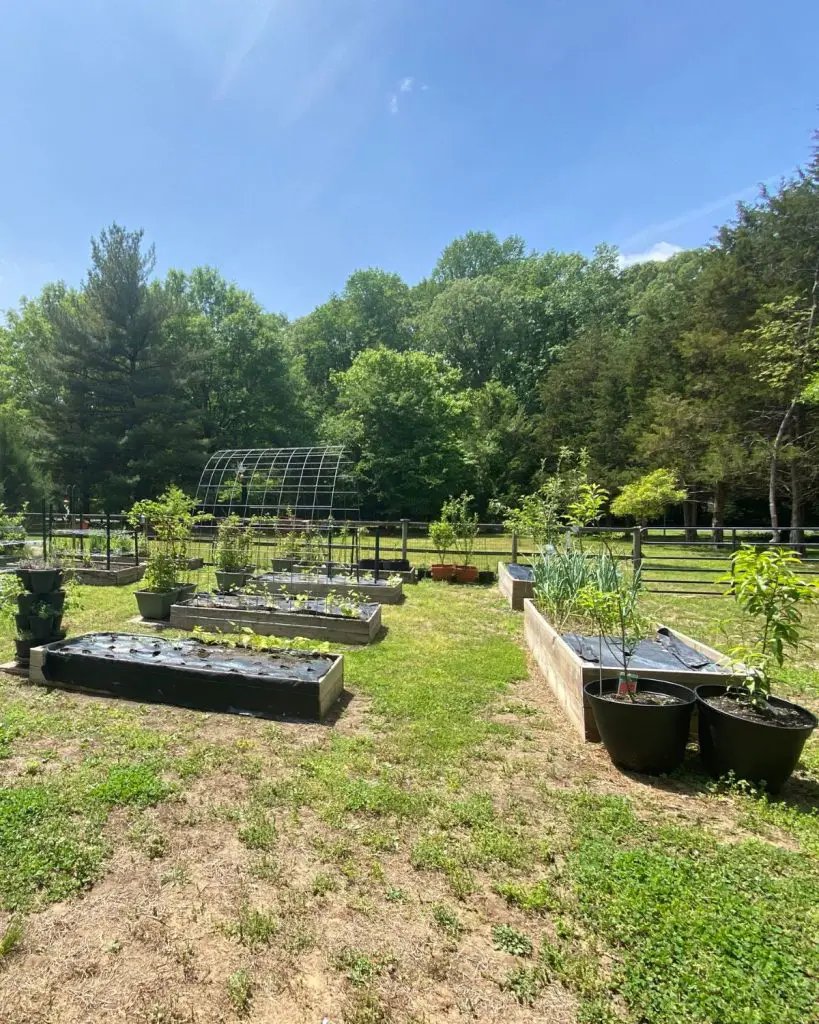
Remember that homestead gardening is not just about growing your own food, but also about building a sense of community and self-sufficiency. You can share your produce with your neighbors, trade seeds and tips with other gardeners, and learn from your successes and failures.
In summary, homestead gardening is a valuable and rewarding practice that can help you improve your health, save money, and reduce your environmental impact. With patience, dedication, and a little bit of luck, you can create a thriving homestead garden that sustains you and your family for years to come.
You may also enjoy these related articles:
- Homesteading on a Budget: How to Save Money and Live Your Dream!
- Unlock the Mysteries of Homestead Permaculture – Harness Nature’s Power!
- What Time of Day do Chickens Lay Eggs?
Did you enjoy this article? Want to hear more? Stay in touch! Sign up below to receive weekly tips and inspiration for your homestead.


